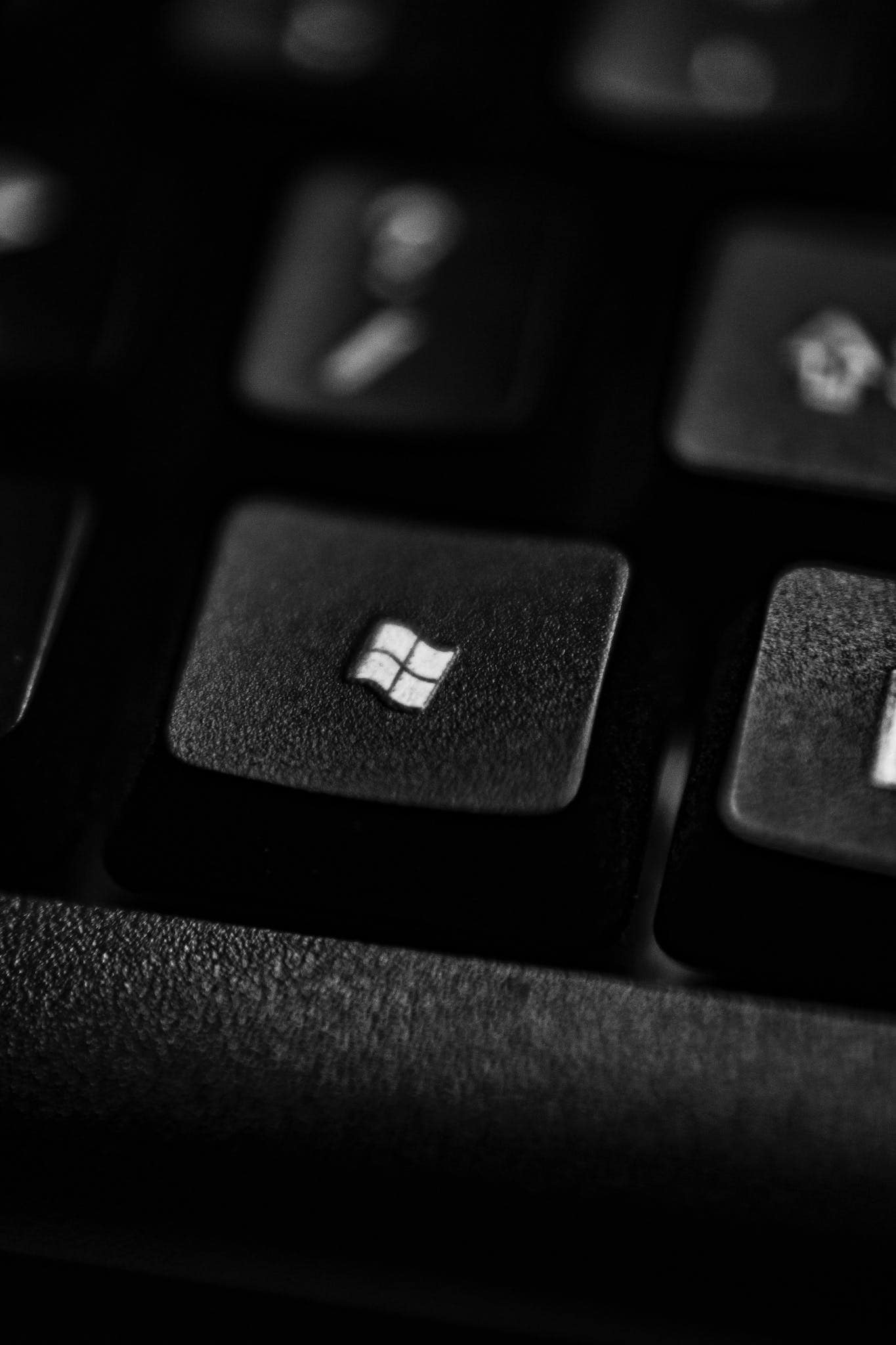Mouse acceleration in Windows 11 is a feature that adjusts the cursor’s movement speed based on how quickly the mouse or touchpad is moved. For many users, this feature enhances precision and control during tasks requiring fine movements. However, it can also lead to inaccuracy for those accustomed to a linear relationship between hand movement and cursor movement. This becomes particularly noticeable in activities such as gaming or graphic design, where consistent tracking is crucial.

Disabling mouse acceleration can lead to more predictable cursor movements, making it easier for users to develop muscle memory for repeated actions. Windows 11 provides options to adjust this setting, allowing for a customized user experience. While the feature is enabled by default, turning it off can be a simple process through the system settings, which can be beneficial for users seeking uniform cursor movement regardless of the speed at which the mouse is moved.
Understanding Mouse Acceleration
Mouse acceleration is a feature that affects cursor movement, influencing both the precision and speed of the pointer based on the velocity of the mouse movement.
The Role of Mouse Acceleration in Precision and Speed
Mouse acceleration allows a pointer to travel distances on the screen that vary proportionately with how rapidly a user moves their mouse. This feature can enhance pointer precision in tasks requiring fine control by providing a low mouse speed for detailed work. Conversely, a rapid mouse movement will let the cursor cover larger distances swiftly, aiding in tasks that require less accuracy but greater speed.
Differences Between Mouse Acceleration on Windows 10 and Windows 11
The implementation of mouse acceleration in Windows 11 has not significantly diverged from Windows 10, maintaining a similar approach to enhancing pointer precision. However, slight refinements in the user interface and accessibility settings may affect the configuration process. Even as the underlying feature operates seamlessly across both operating systems, they prioritize maintaining consistency in user experience while accommodating enhancements introduced with Windows 11.
Navigating Windows 11 Settings
Navigating the settings to disable mouse acceleration in Windows 11 is straightforward. It involves accessing the mouse settings through the Settings app, finding additional mouse options, and exploring the Control Panel.
Accessing Mouse Settings via Settings App
To begin, access the mouse settings through the Settings app by selecting Start, and then clicking on Settings. Within Settings, go to Bluetooth & devices, where you can locate Mouse. This section allows users to adjust basic mouse properties.
Finding Additional Mouse Settings
In the Mouse settings panel, users should look for a link to Additional Mouse settings. Clicking this will open a separate window, often called “Mouse Properties,” where advanced features, including pointer options and acceleration settings, are found.
Exploring the Control Panel Options
For users who prefer using the traditional Control Panel, it can be accessed by right-clicking the Start menu and selecting Run. Typing main.cpl into the Run dialog will directly open Mouse Properties. There, under the Pointer Options tab, the option to adjust acceleration features awaits.
Disabling Mouse Acceleration

In Windows 11, users may want to disable mouse acceleration to achieve consistent cursor motion and improve precision. This involves turning off the ‘Enhance Pointer Precision’ option and manually adjusting the pointer speed.
Turning Off Enhance Pointer Precision
To turn off ‘Enhance Pointer Precision’, one must navigate to the Mouse settings. It is within these settings that users can find the option to disable this feature, which controls the acceleration based on the speed of the mouse’s movement.
- Open Settings.
- Go to Bluetooth & devices.
- Click on Mouse.
- Select Additional mouse options.
- In the Mouse Properties window, switch to the Pointer Options tab.
- Uncheck the Enhance pointer precision checkbox.
Adjusting Pointer Speed and Motion
After disabling Enhance Pointer Precision, users should adjust the pointer speed to suit their comfort level. This ensures that the distance the cursor moves on the screen corresponds linearly with the physical movement of the mouse.
- Within the Pointer Options tab, find the Motion section.
- Move the slider to adjust the pointer speed. A slower speed increases accuracy, while a faster speed allows for quicker movement across the screen.
Applying and Saving Your Settings
Once the desired pointer speed is selected, users must apply these settings to ensure that the changes take effect.
- Click the Apply button at the bottom of the Mouse Properties window.
- Confirm changes by clicking OK.
By following these steps, users will have successfully disabled mouse acceleration, leading to a more uniform pointer motion regardless of speed.
Considerations for Gamers and Professional Users

Turning off mouse acceleration is crucial for gamers and professionals who rely on consistent mouse movements to achieve precision in their respective activities.
Impact on Gaming Performance
For gamers, mouse acceleration can be detrimental to in-game performance. Games require precise, controlled movements and a predictable relationship between hand motion and cursor location on the screen. Without turning off acceleration, the cursor can move unpredictably because it responds variably to the speed of the mouse, not just its displacement. This inconsistency can impair a gamer’s ability to perform tasks that require pinpoint accuracy, like targeting opponents in a first-person shooter or navigating intricate maps in real-time strategy games.
Ensuring Accuracy for Creative and Professional Work
Professionals in fields such as graphic design, video editing, and CAD benefit greatly from disabling mouse acceleration. These tasks require a high level of cursor precision and a stable point-to-point motion. When acceleration is turned off, movements on the mousepad translate directly to movements on the screen, which helps maintain uniformity and accuracy. This allows for meticulous control which is essential when editing images down to the pixel or drafting detailed architectural blueprints. Accessing the Hardware and Sound settings in the control panel and adjusting the mouse properties ensures that the computer mouse behaves as intended.


4 thoughts on “How to Turn Off Mouse Acceleration in Windows 11: A Step-by-Step Guide”
Comments are closed.